It took me a while but now I’m really glad I’m back
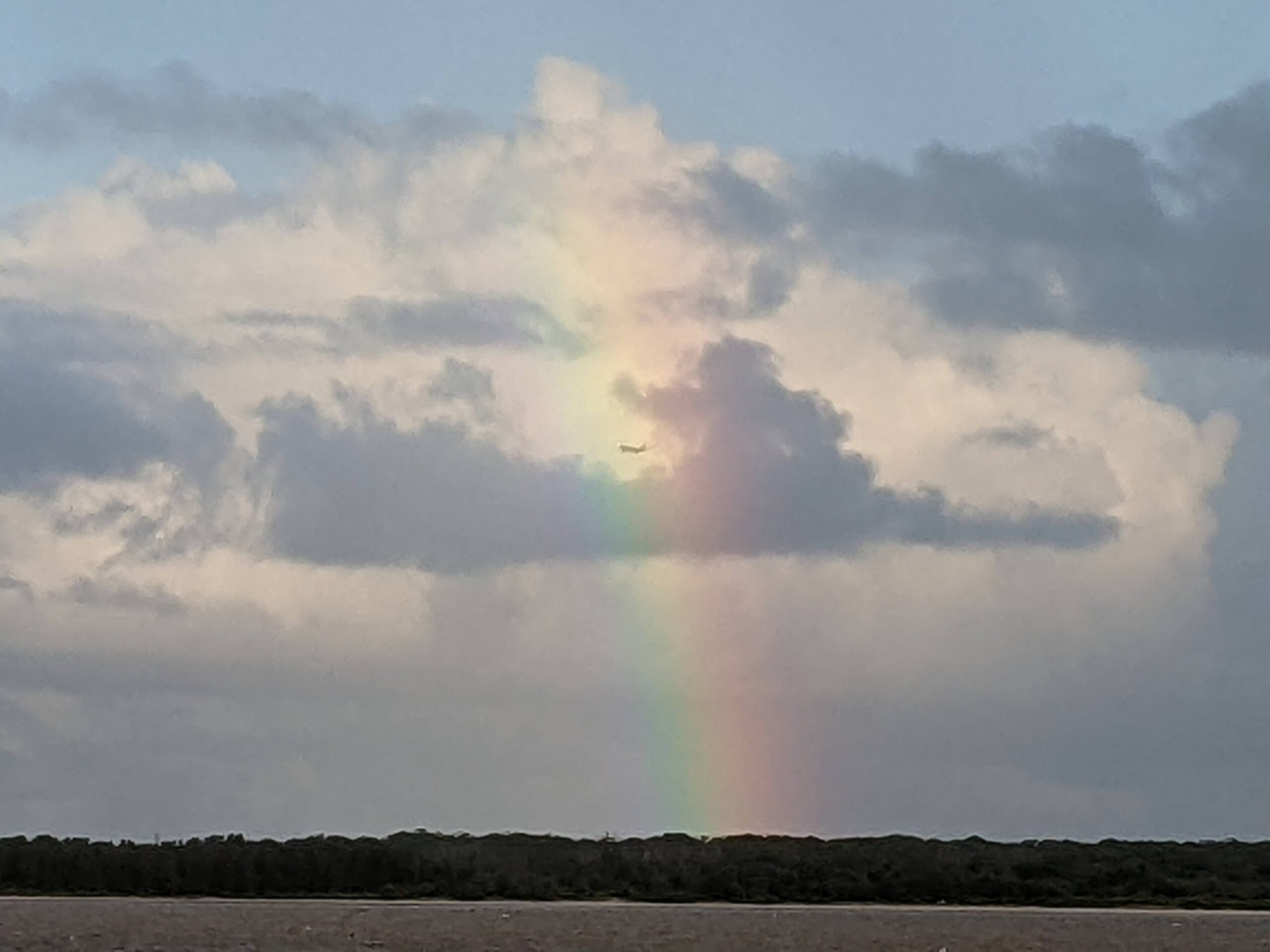
I concur
“In the end only three things will matter: How much you loved, how gently you lived, and how gracefully you let go of things not meant for you.”
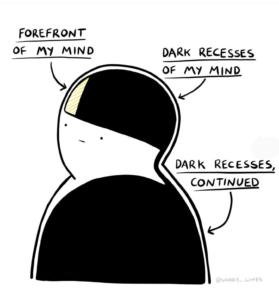
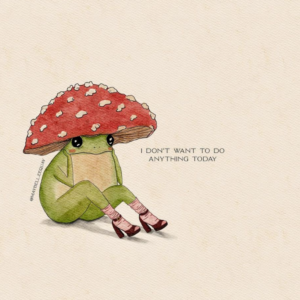
I had the below proposition sent to me. I then went on Twitter to ask whether that statement is actually correct. The responses were puzzling, expected and surprising at the same time.
So I put it out to you then – what *is* culture’s job?
And – if it is *not* to find what unites us – why do we keep referencing it all the time?
You tell me…
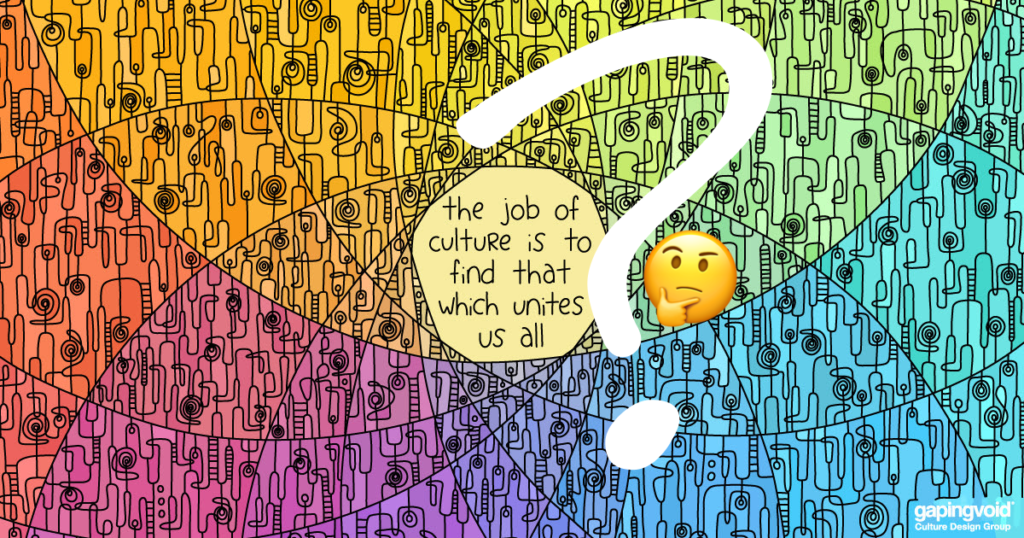
…told in a cake short story :,-D
“Irish and German people offering things”
This week my old boss left the organisation.
When asked what his advice would be to young starters who just joined the org, his answer was:
“Be nice to people, and walk towards the gunfire.”
I am still thinking about this. Not because I am not nice to people, on the contrary, but because I know I am consciously staying away from where the rub is, hiding behind my work, my job, my duties.
Being an “environmentalist”* in Australia makes you fair game in the eyes of many. When I came out here twenty years ago, I soon spiralled into depression and withdrawal because I could no longer speak my mind, as I would get shouted down. (*and the feeling of being a guest on this country kept me from fighting back.)
But now, two decades on, it is probably time to crawl out of that hole and find the smoke stack I need to chain myself on to…
I’ll come back to this one…
(*I should probs add here that back then I did not even know I am one… talking about nature, recycling or saving water was just a normal thing where I came from… but here it was met with deep suspicion and quite advanced closed-mindedness, was told that I am ‘one of them‘, that I want to take away people’s lives or standards and that I’m woke and not realistic and other bullshit…)
[This post is a note to self] – Blockchains are a type of ledger. Coin “miners” make calculations and add messages to the blockchain over time. The messages are hashed to protect the ordering and contents of messages. These hash ledgers are (allegedly!) tamper-resistant as the contents of later entries depend on the contents of earlier entries.
The novelty (in comparison to conventional dbs) is that it is a distributed system with no owner. This is what enthusiasts mean when they say that the blockchain is trustless: instead of central authority, like a bank, many miners compete to successfully write a new message to the blockchain. They do this by means of a proof-of-work algorithm, each with their own copy of the ledger.
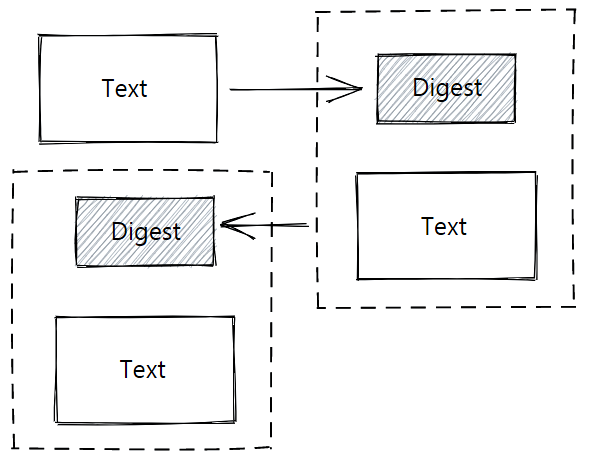
Alain de Botton talking about all our relationships – Is love an illusion
so worth the listen
https://www.abc.net.au/radionational/programs/bigideas/is-love-an-illusion/7641620
(start at 35:00 if you must zip)